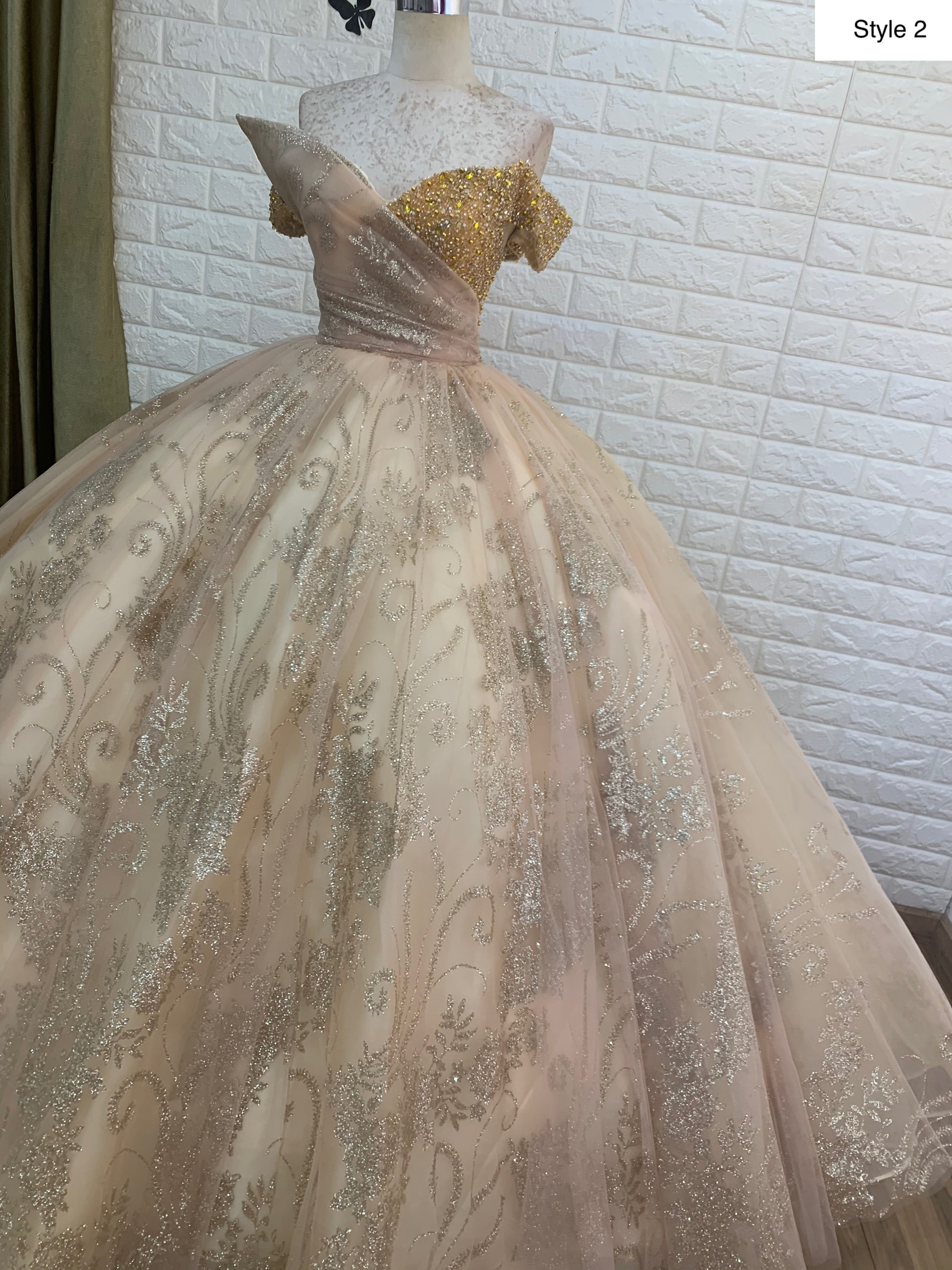Table of Content
- Frances Cleveland
- Home for the Friendless
- How Neighborhoods Used Restrictive Housing Covenants to Block Nonwhite Families
- Home for Friendless Women, Springfield, Mass
- Grover Cleveland
- Responses to Home for the Friendless
- Home for Friendless Girls / Clarendon House Home for Girls, Hull, East Riding of Yorkshire
Cleveland 's political enemies spread rumors about his wife in order to discredit him. A Republican after-dinner speaker gave credence to the fiction that Frances Cleveland was having an affair with newspaper editor Henry Watterson . To handle the large amount of correspondence she received, perhaps more than any of her predecessors, she hired a college friend, Minnie Alexander to serve as her social secretary, the first non-family member to fill such a position for a First Lady. It was not yet, however, a government job and so the Clevelands paid Alexander's salary themselves. Frances Cleveland and Minnie Alexander set about creating some efficiency in dealing with the deluge, creating the first set of form letters to respond to the various needs and requests the First Lady received.
There was a committee of very formidable, respectable ladies all from good families in the town, who met quarterly to go over the books and discuss the welfare of the children and any extra support that might be needed. We rarely saw them, but maybe because I was there for such a long time I got to know several of them fairly well. Mrs Ralph Rowntree, dear Lotte Wallace whose husband was the home’s accountant, Miss Gabb and Miss Wragge who shared a flat in at the top of a building in Highfield and in my teenage years I would earn some Saturday money by cleaning the stairs for them.
Frances Cleveland
The house had to be cleaned, there was a rota and we all had our jobs. The stairs were swept and the big old Potterton boiler in the kitchen black-leaded. But the job that became my favourite, was polishing the Playroom floor. The books in this collection are in the public domain and are free to use and reuse.

We were not to go with him and my Step-mother, but arrangements had been made for us to stay in England and go into care and a lady called Miss Sturdy came to collect us in her car and off we drove. A car ride was quite rare and exciting in those days as the only other person I knew that owned one was Grandad and he was in Southampton. It’s only a short distance of probably two miles from the house in Valley Road to Park Street, but Miss Sturdy cannot have known the area well as she got lost several times and eventually had to ask for directions. We were greeted at the door and shown into what I later realised was the Committee Room, very formal, and we sat swinging our legs from chairs too high, staring round and taking it all in. My favourite was the Chairwoman, Gwenllian Whitaker, sister-in-law of Heather Allan.
Home for the Friendless
It was very basic and would be immediately condemned if offered for use now. I can still taste the fear which gradually turned to joy as I realised what fun it was. The back yard had a swing and was big enough for tennis and rounders, although our balls inevitably ended up in our neighbour Mr Wilson’s back garden. Once in a while he would gather them all up and throw them back and then we would start all over again. We rode our bikes up and down the street or went to the Park which was just at the top of the hill. From there we might play on the swings and seesaws or climb to the reservoir at the top and then roam back down through the jungle that was Foxon’s field.

The reduction was due to the increase in the number of younger girls in the Home, who did not participate in the laundry work. The Civil War had drawn many to work in the Armory and other factories that contributed to the war effort, and the city grew by 45 percent between 1860 and 1865. With an expanding population came more social problems, though, and in 1865 the Home for Friendless Women was established to provide temporary housing and services for needy women and children. Among the founders, and the organization’s first president, was Rachel Merriam, the wife of dictionary publisher Charles Merriam. Lady Whittaker with P&I Phil, Ian and Sadie on the bridge Phil and Ian Dolly Elwes was another lovely lady.
How Neighborhoods Used Restrictive Housing Covenants to Block Nonwhite Families
At the end of the home’s first year, it had housed 18 children; by 1922 it had sheltered more than 3,000. Established the Indianapolis Asylum for Friendless Colored Children in 1870. At the time, it was the sole orphanage in Indiana to care for African American children, and one of a handful in the country. In 1910, Mary "May" Elizabeth Black, widow of Albert L. Black, was the house mother of Lila Cottage, and their daughter Dorothy lived there with her. Lila Cottage is not to be confused with Lilac Cottage, which stood on the grounds of Arbor Villa. Each Saturday we received our pocket money which for us younger ones was the princely sum of sixpence.

The establishment continued to be known as the Friendless Girls' Home and Miss Stirling remained as matron of the institution. Miss Christina Stirling was assistant matron, and Miss Tyre was schoolmistress. When the asylum closed, $4,304 remained, which launched the Friends Education Fund, a Quaker college scholarship program for African American students. By 2020, First Friends had provided almost $500,000 in scholarships to over 1,000 students. The program is primarily for recent high school graduates just entering college for their initial semester and students already in the scholarship program.
Home for Friendless Women, Springfield, Mass
In our first year, Fred and I were in the Low Dorm, which was opposite Mum’s bedroom. We were crazy with excitement and I can remember creeping downstairs with Babs and Judy. We nearly got away with it too, only Babs put her hand on her hip and told me to ‘put my leg in’. I had never heard the expression before and didn’t realise that she meant me to put my arm through, so I tried hard to do as I was told, lost my balance and fell over. There was a lot of shushing going on but we were helpless with laughter which quickly roused Mum. 3 o’clock in the morning, what did we think we were doing, get back to bed this instant!
Like Julia Tyler and Edith Wilson, marriage to an incumbent President meant for Frances Cleveland that she immediately became First Lady, with very little time to consider with any depth what type of role she would play. Before she married him, Cleveland had already given conscious thought to how to divide her life between public and private responsibilities. The house was called "Oak View" by the First Lady but always known as "Red Top" because the roof was painted red. The Clevelands sold the property at a considerable profit when they left Washington in 1889.
She had a particular love for the contemporary musical theater productions of Gilbert & Sullivan and managed to even coax her hard-working brother out of the White House to attend the theater with her. Grover Cleveland was the second man who entered the presidency as a bachelor, but the only one who began his term as a single man and ended it as a married man . For the first fourteen months of the Administration, his youngest sibling sister Rose Elizabeth Cleveland served as the official hostess. Although she was developing her own independent career as a writer, editor and lecturer, she had begun to assume management of his domestic life as Governor of New York towards the end of his term.
The first floor contained three dormitories for the girls, and a bedroom for a nurse and a baby. The Home's kitchen, scullery, larder, laundry and ironing-room were located in the basement. She was born in 1910 in July and her name was Florence May Spear.

No comments:
Post a Comment